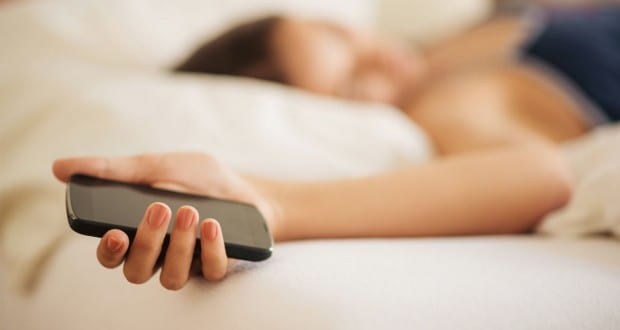Written by Samantha Velazquez, Edited by Mira Zimmerman and Sue Ishaq
If you were to guess what someone might be carrying in their pockets, a cell phone would be a safe choice. It is almost not a guess at all; these days it is rare to be surrounded by people and not see a single cell phone. Given our close relationship with phones, we are presented with a unique opportunity to study them as facilitators of microbial exposure. Previous research has shown that some of our human microbiota are left behind on surfaces and rooms we interact with, so it seems logical that some of our microbes are transferred onto our phones in passing when we use them. We explored our human microbiomes and the microbial fingerprints we leave behind on one of the surfaces we interact with the most; our phone. We collected samples from seventeen volunteers by swabbing their dominant thumb and index finger, as well as their phone screen. Using 16s rRNA sequencing to profile bacterial communities, we found that there was a deep similarity between the communities on people’s fingers and on their phones. Each individual left a unique bacterial fingerprint: owners shared more bacterial taxa with their own phones than with anyone else’s phone. We also saw indications that the bacterial community of men and women differed, as well. With such a small sample size, no certain claims can be made, but we found that women collectively left a more distinct bacterial community on their phone, whereas men had more individual variation.
To learn more about our study, take a look at these news articles:
